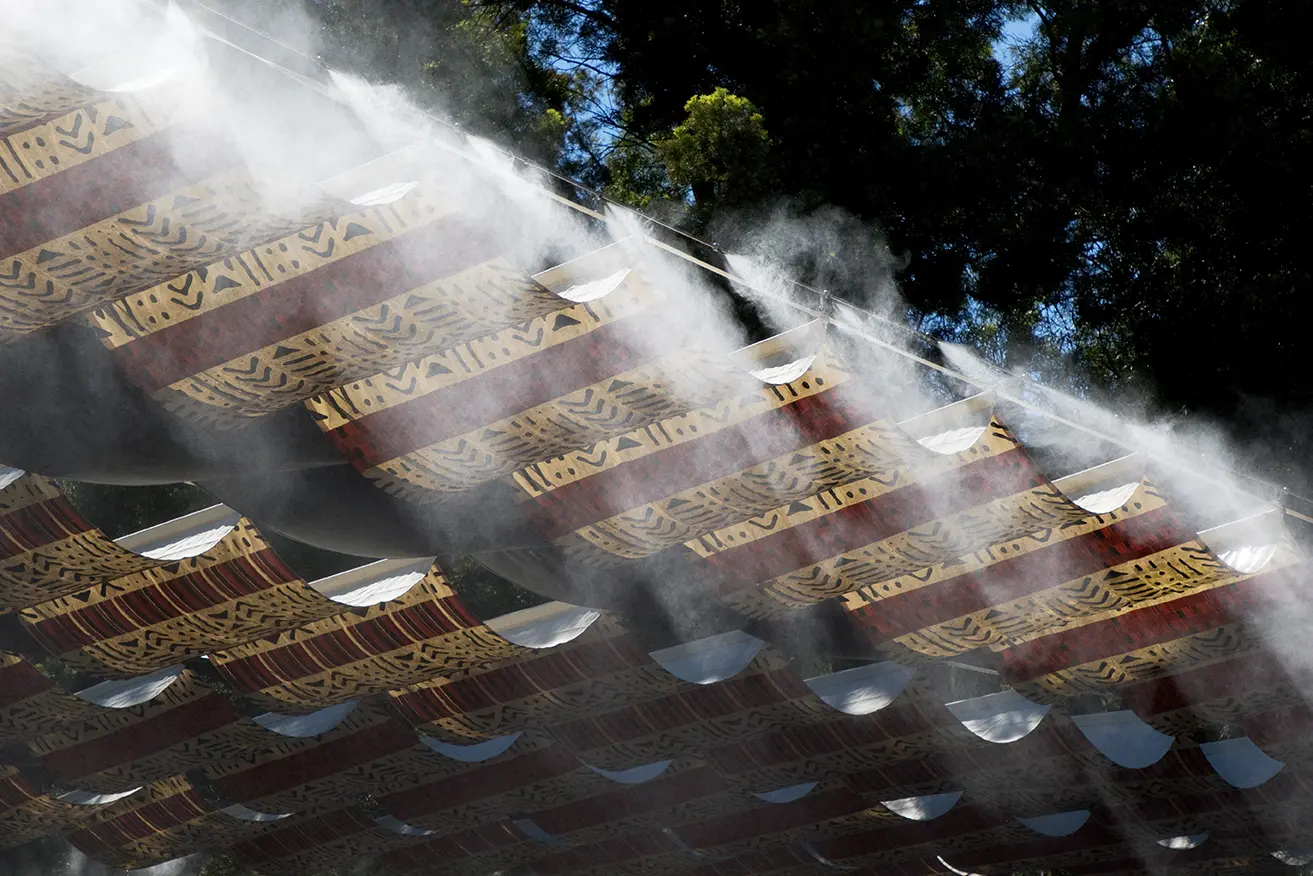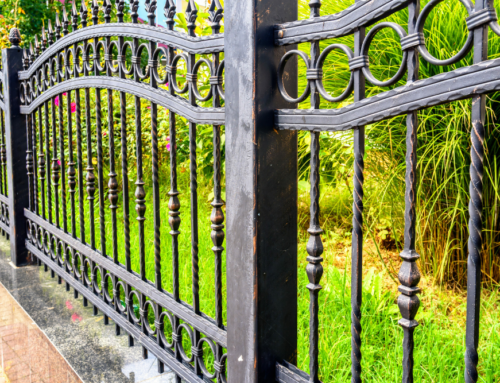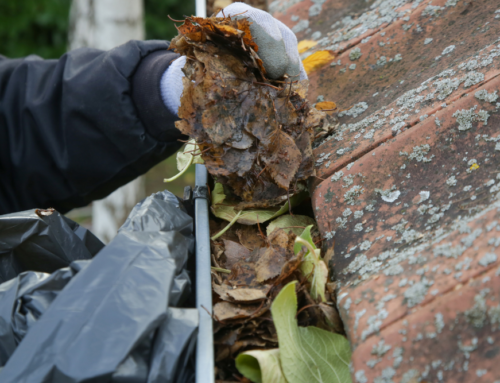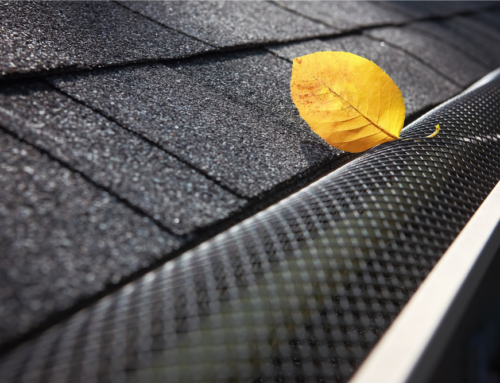It’s hot, and maybe you’ve heard of misting systems that use evaporative cooling. But what does that even mean? It might even sound like some new technology, but you may be surprised to discover that it’s not. While the term “evaporative cooling” might be more modern, the concept and techniques it uses date all the way back to ancient times. Even back in ancient China, India, Egypt, and other areas notorious for extreme heat, the technique of evaporative cooling was commonly used. Of course, they weren’t using high-pressure systems, water pumps, and nozzles to achieve higher efficiency. However, they were still utilizing the same science that our modern-day evaporative coolers use.
Understanding Evaporation
Before understanding how evaporative cooling actually works, let’s step back into school and revisit evaporation. We all know the basic principles of evaporation: the process of a liquid turning into a vapor. In this case, we are talking about water, a liquid, turning into a mist, which is a vapor. Evaporation requires energy to make the transition from liquid to vapor. This energy comes in the form of heat, which is often provided by the sun (particularly for large bodies of water). The heat fuels the evaporation process, giving the water the energy it needs to change its form into vapor, while reducing the surrounding air temperature.
Combining the Science of Evaporation to Create Evaporative Cooling
Evaporative cooling systems, like Aeromist, don’t have the power of the sun to cause evaporation. That doesn’t mean that these misting systems use some other process; just a different technique to achieve the same process. With an evaporative cooling system, water is pushed through tubes that have nozzles to expel the water. However, the water is moved using a high-pressure pump to essentially “atomize” the water molecules. This allows the smallest water droplets to go through the nozzles, which in turn creates the mist that you may be familiar with.

Because these water droplets are already so small once they hit the outdoor air, evaporation happens very rapidly. The water molecules use the hot air molecules around it for the evaporation process. Since evaporation requires heat as an energy source, the hot air molecules use their heat to evaporate the water droplets. This cools the surrounding air considerably, sometimes by 15 to even 30 degrees Fahrenheit!
Aeromist Cooling Systems – Harnessing the Power of Evaporation
At R&O Landscape, we’ve been doing landscaping and other outdoor services for over 15 years. Now we are harnessing the cooling capabilities with Aeromist cooling systems. Being in Texas all these years, we know firsthand how hot our summers can get. We’ve designed hundreds of outdoor spaces from pergolas to patios and more. But when we get the triple digit summers, it’s sad to see the usefulness of these spaces decline while it’s so hot.
That’s why we partnered with Aeromist to become experts in the installation of these amazing cooling systems. Our skilled technicians aren’t just here to complete the installation, but also to help you decide what kind of cooling system is best for you. Just like when designing a landscape, we’ll take a look at the area that you want cooled and develop an efficient plan that is also affordable.
Keep Cool and Comfortable in Fort Worth
Tired of hot summers in Fort Worth and ready to enjoy your own outdoor spaces again? Let R&O Landscape Services professionally install the perfect Aeromist evaporative cooling system for you. These systems have a huge variety of uses, from residential properties to farm properties to outdoor eating areas for restaurants. Call R&O today and take back your summer enjoyment.




